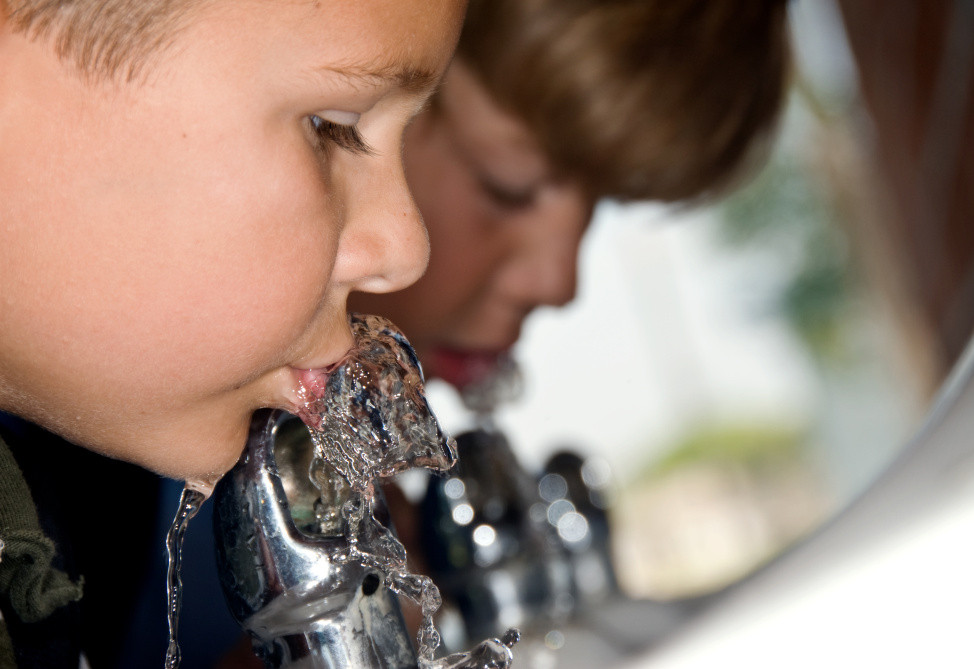The Kennebec Water District tested the water at Benton Elementary School earlier this month as a “goodwill gesture” following the crisis in Flint, Michigan, never expecting to find dangerously elevated levels of lead. Those results, and similar findings in August at schools in Yarmouth, are confirmation that lead poisoning is a real danger in Maine, and schools must ensure that students have access to a healthy water supply.
The tests at three sites within the Benton school found lead levels of 20, 57 and 670 parts per billion; the Environmental Protection Agency requires action on anything above 15 parts per billion.
Even low levels of lead can be harmful to a child, causing serious, permanent learning and developmental disabilities, behavioral problems and a number of physical ailments. A second round of testing in Benton found lower levels, but officials are not sure why, and students will continue to use water out of bottles and coolers until the mystery is solved.
The supply from the water district is tested regularly, so the culprit is likely within the school itself: perhaps the brass pipes, installed when the school was built in 1957, which under some conditions can leach lead into the water.
Structures built before 1986 are more likely to have used fixtures or solder containing lead. This is bad news for Maine, where many students still are educated or live in older buildings. Old pipes may also have been the cause of elevated lead levels found in the water at the two Yarmouth schools.
Those schools were being tested for the first time in 25 years, pointing out a soft spot in Maine law – there is no regulatory requirement for schools or water districts to test school water.
That’s worrisome, particularly after a report released in March by USA Today found elevated levels in 44 water samples taken from 26 Maine schools and day care facilities.
What’s more, even as an average of 130 Maine kids are diagnosed with lead poisoning each year, many more go untested – in some rural areas, more than half of kids go untested by age 3, robbing them of an opportunity to have the devastating exposure cut off before too much damage is done.
The crisis in Flint showed that even in the United States, the water supply is vulnerable. The USA Today report showed additionally that there is danger even where there isn’t the willful mismanagement and corruption that led to poisonous water in Michigan.
And the reports out of Yarmouth and Benton confirm that there is risk throughout the state, and that school districts should not hesitate another moment before ordering their own tests.
Send questions/comments to the editors.



Comments are no longer available on this story